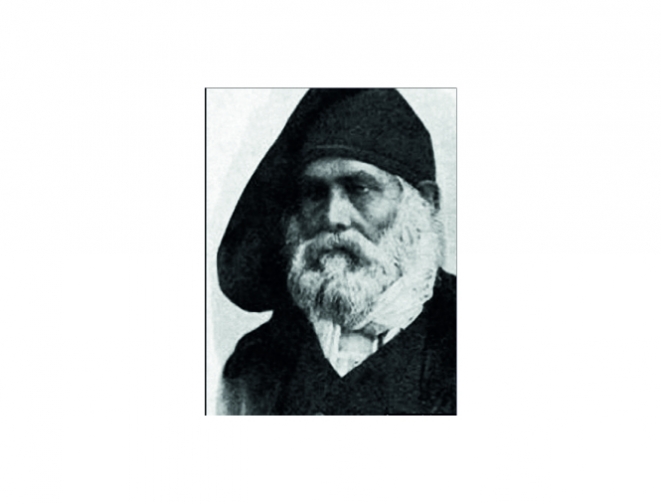The last Sardinian bandit
Enrico Costa tells about Giovanni Tolu
It was back in 1848, the year of the so-called "long-awaited reforms", which sees the collapse of the government in view of the absolute stabilizing of a more strict civilization. The difficulties of implementation of such socio-political objective soured increasingly with the massacre of Saba and Careddu families (1850) and that of Saba and Macioccu (1851) up to the cholera outbreak in Sassari in 1855 that caused more than five thousand victims, resulting in attenuation of social disputes moved by political struggles.
It was in this scenario, nothing short of apocalyptic, in the first decade of the constitutional government (1849-1859), that took place the story of the bandit, not for the evil spirit, but because of its determination in rebellion against harassments.
The pride personality, the chivalry generosity, the hatred directed only against spies and enemies as well as the repudiation of theft, outlines the typical Sardinian bandit, the figure now vanished in the Island. According to the writer Enrico Costa the Sardinian bandit "is not a bandit, not a thief, not a robber, not a blackmailer."
Of virtue and intellectual rectitude are featured those men who are not born vicious, but become so to survive as Giovanni Tolu, considered by the writer the last Sardinian bandit.

He was born in Florinas, a village of shepherds and farmers, inheriting from his father the dedication to work and the respect for the given word, values that he will pursue during the hiding and promoted as him own moralistic principles. His first great pain was the father's death, to which he reacts devoting himself to the farmer work and overseer of two mills, supporting in this way the family.
The cause of his absconding was the relationship with Priest Pittui, because of continuous injustice that he had to suffer: Tolu, intervened in protection of the nephew of the priest, overwhelmed by a bolder man, that refused to kill. The aggravating factor was the deep love that Giovanni felt to Maria Francesca, maid at Pittui's home.
The couple married without the permission of the priest, but, when he came to know, he instigated the bride's parents, now pregnant, to take her back home. The absconding of Giovanni Tolu began in late December 1850 when, seen through the door, the priest while he was going to church to say Mass at dawn, attacked him, leaving him lying in the road. The honest worker who boasted a clerk past will become then outlawed.
From that moment the scenario of his pilgrimage became the Nurra, vast area of plains, sheep folds and fertile lands from which he moved away to places to find protection and alliances, but in which he returned in 1856 after defeating his bounty hunter Salvatore Moro transvestite by fugitive.
It is here, however, that he will make the encounter of redemption: in July a little blonde girl came happy to meet him. It was Maria Antonia, the daughter who he had with Maria Francesca.
His new life of rectitude began so, to be suspend, though, May 21, 1859, when Tolu reacted in a trap that was aimed at Monte Rasu, in a sheep pen owned by an acquaintance. That was the last blood he shed. Its existence made up of readings and grandchildren, went on to Lèccari, place of marriage of his daughter, until he was arrested on September 22, 1880.